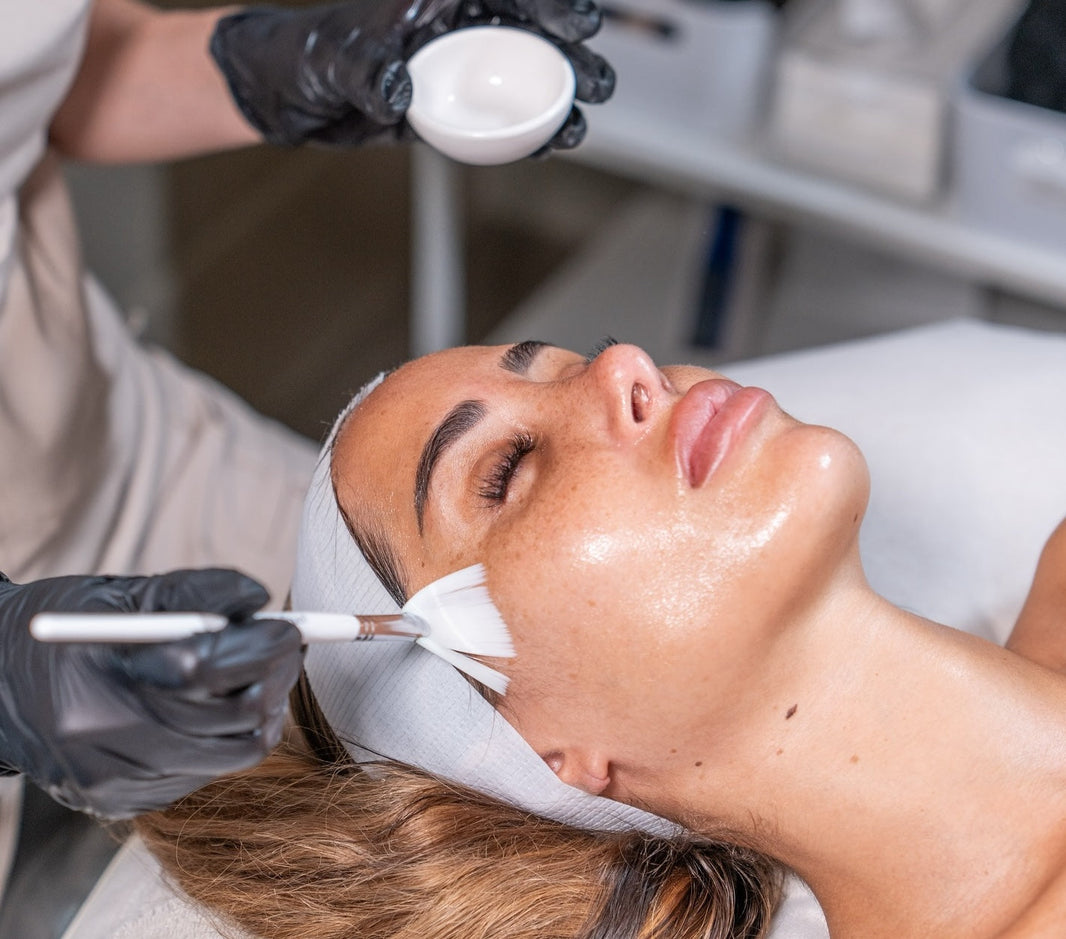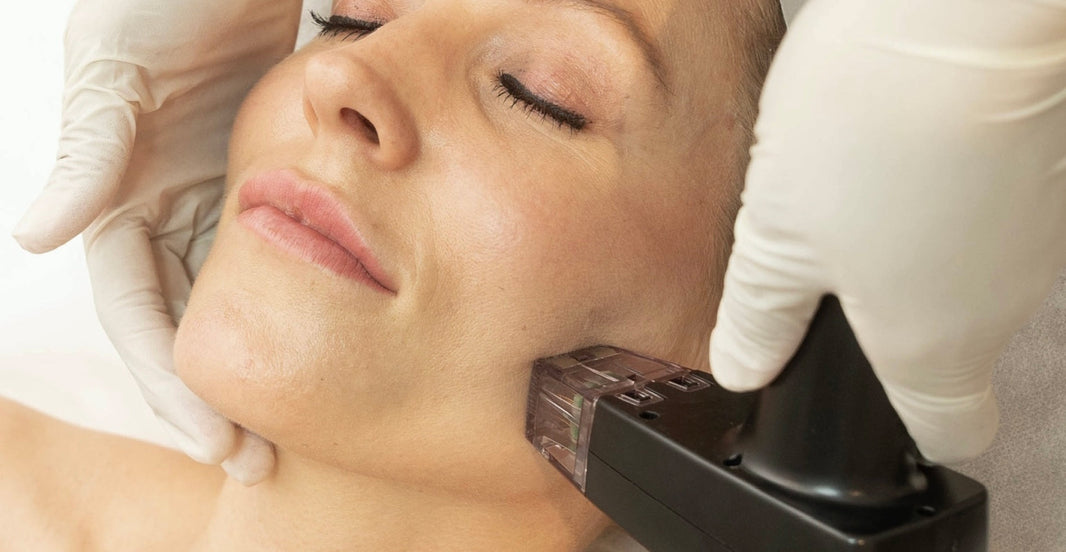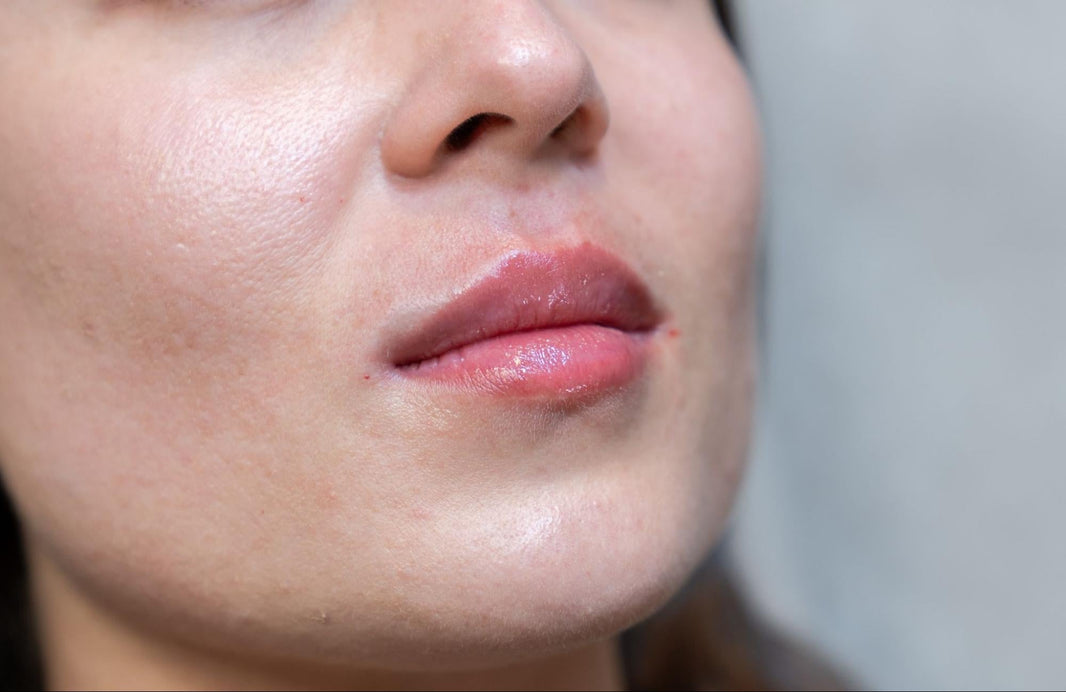Breast Augmentation with fat transfer is a procedure that enhances breast size using your own fat instead of implants. It involves taking fat from areas like the stomach, thighs, or hips and injecting it into the breasts. This method offers a natural alternative for those who want a modest increase in size and a softer feel.
Unlike implants, fat transfer uses your own tissue, making the results look and feel more natural. It also has the added benefit of contouring other body areas by removing excess fat.
If you’re considering breast augmentation and want a more natural approach, understanding how fat transfer works, its benefits, and what to expect can help you decide if it’s the right option for you.
Who is an Ideal Candidate for Fat Transfer Breast Augmentation?
Not everyone is a good fit for this procedure. You may be a suitable candidate if you:
-
Have enough fat in other areas of your body for the transfer.
-
Are looking for a modest increase in breast size rather than a dramatic change.
-
Want a natural alternative to implants.
-
Are in good overall health, with no medical conditions that could affect healing.
-
Don’t smoke, as smoking can impact recovery and fat survival.
-
Have stable body weight, since significant weight changes can affect results.
This procedure may not be the best choice for those who have very little body fat, want a large increase in size, or are prone to weight fluctuations. Consulting with a qualified surgeon can help determine if fat transfer is the right option for your needs.
The Fat Transfer to Breast Procedure
Fat transfer to the breasts is a multi-step process that involves removing fat from one part of the body and injecting it into the breasts. Each stage is carefully planned to ensure safe and effective results.
Pre-Surgery Consultation & Preparation
Before the procedure, a consultation with a qualified surgeon is essential. This helps determine if fat transfer is the right option and ensures the best possible outcome.
Choosing a Qualified Surgeon
-
Look for a board-certified plastic surgeon with experience in fat transfer procedures.
-
Review before-and-after photos of previous patients.
-
Discuss your goals and expectations to understand what results are achievable.
Pre-Operative Guidelines
To prepare for surgery, your surgeon may recommend:
-
Diet and hydration: Eating a balanced diet and staying hydrated to support healing.
-
Lifestyle adjustments: Avoiding smoking and alcohol, as they can affect recovery and fat survival.
-
Medication considerations: Stopping certain medications or supplements that may increase the risk of bleeding.
Following these guidelines can help ensure a smoother procedure and recovery.
Step 1: Fat Harvesting via Liposuction
Fat is first removed from specific areas of the body through liposuction.
Common Donor Sites
Fat is usually taken from areas with excess fat, such as:
-
Abdomen
-
Thighs
-
Flanks (sides of the waist)
Liposuction Process and Fat Purification
-
Small incisions are made in the donor area.
-
A thin tube called a cannula is inserted to remove fat using suction.
-
The fat is then processed to remove any impurities, leaving only healthy fat cells for transfer.
This step not only provides fat for the procedure but also helps contour the donor area.
Step 2: Fat Injection into the Breasts
Once the fat is purified, it is carefully injected into different layers of breast tissue.
How the Fat is Strategically Placed
-
Small syringes are used to inject the fat in multiple layers to improve fat survival.
-
The surgeon ensures an even distribution to create a natural shape.
-
Over time, some of the transferred fat will be reabsorbed by the body, so a slightly larger amount is injected to compensate.
Expected Increase in Breast Size and Shape
-
The results are typically an increase of one to two cup sizes.
-
The breasts will have a softer, natural feel since they are made up of your own fat.
-
Final results may take a few months as the fat settles and integrates with the surrounding tissue.
Duration of the Procedure
-
The procedure usually takes 2 to 4 hours, depending on the amount of fat being transferred.
-
It is performed as an outpatient procedure, meaning you can go home the same day.
-
General anaesthesia is typically used, so you will be asleep during the surgery.
After the procedure, recovery begins at home, with follow-up appointments to monitor progress. Most people can return to light activities within a week, but full recovery may take several weeks.
Benefits of Body Fat Transfer to Breast Augmentation
Fat transfer to the breasts offers a natural alternative to implants. Since it uses fat from your own body, the results look and feel more like natural breast tissue. In addition to enhancing breast size, the procedure can also improve body contours by removing fat from areas like the stomach or thighs.
-
Natural Look and Feel
Unlike implants, fat transfer enhances the breasts using your own tissue. This can result in a softer, more natural appearance, both in shape and movement.
-
Dual Benefit: Body Contouring + Breast Enhancement
Fat is removed from areas with excess deposits, such as the abdomen, thighs, or flanks. This not only provides material for the transfer but also helps reshape and contour the donor areas.
-
Lower Risk of Complications
Because no foreign materials are used, there is no risk of implant-related issues like rupture, capsular contracture (scar tissue around implants), or implant replacement surgery.
-
Long-Lasting Results
If weight remains stable, the transferred fat can become a permanent part of the breast tissue. While some fat may be reabsorbed by the body initially, the remaining fat should settle and stay in place over time.
Recovery and Aftercare of Breast Augmentation with Fat Transfer
Recovery after fat transfer breast augmentation is generally smooth, but it requires proper care to ensure the best results. Since the procedure involves both liposuction and fat injection, healing takes place in multiple areas of the body. Following post-surgery guidelines can help with comfort and improve the long-term outcome.
-
Immediate Post-Surgery Care
Right after the procedure, you’ll need to take care of both the breasts and the areas where fat was removed.
-
Wearing compression garments – These help reduce swelling and support the healing process in the liposuctioned areas.
-
Managing swelling and bruising – Some discomfort is normal, but your surgeon may recommend pain relief medication and cold compresses to ease symptoms.
-
Short-Term Recovery (First Few Weeks)
-
Expected pain levels and medication – Mild to moderate pain is common in the first few days, but it usually improves within a week. Pain medication may be prescribed if needed.
-
Activity restrictions – Avoid strenuous activities, heavy lifting, and high-impact exercise for at least a few weeks.
-
Returning to work – Many people can resume light activities or office work within a week, but it’s best to follow your surgeon’s advice.
-
Long-Term Healing and Final Results
It can take several months for the transferred fat to stabilise and integrate with the breast tissue. Some fat may be reabsorbed, so the final results may take up to six months to appear.
Keeping a stable weight is important, as weight fluctuations can affect the fat in the breasts. A healthy lifestyle with balanced nutrition and regular exercise can help maintain long-term results.
Following your surgeon’s aftercare instructions and attending follow-up appointments will help ensure a smooth recovery and the best possible outcome.
Frequently Asked Questions About Body Fat Transfer to Breast
Does fat transfer to the breasts give permanent results?
Yes, but not all the transferred fat stays. Some of it is reabsorbed by the body, while the remaining fat becomes a lasting part of the breast tissue.
Can adding fat to the breasts make them bigger?
Yes, transferring fat to the breasts increases their size, but the results are usually modest compared to implants.
How much fat do I need for the procedure?
You need enough fat for removal and transfer, usually around 200–400 ml per breast, depending on your goals.
Will losing weight affect my results?
Yes, weight loss can shrink the transferred fat, which may reduce breast size. Keeping a stable weight helps maintain the results.
Can I get a breast lift at the same time?
Yes, a fat transfer can be combined with a breast lift to add volume while improving shape and position.
Can I have more fat transfer procedures later?
Yes, if you want more volume, additional sessions can be done to enhance breast size further.
Related Articles
Cart
Don't miss out on the best deals!
Your cart may be empty now, but let us help you fill it up with amazing products.
- Choosing a selection results in a full page refresh.



 hristmas
hristmas



